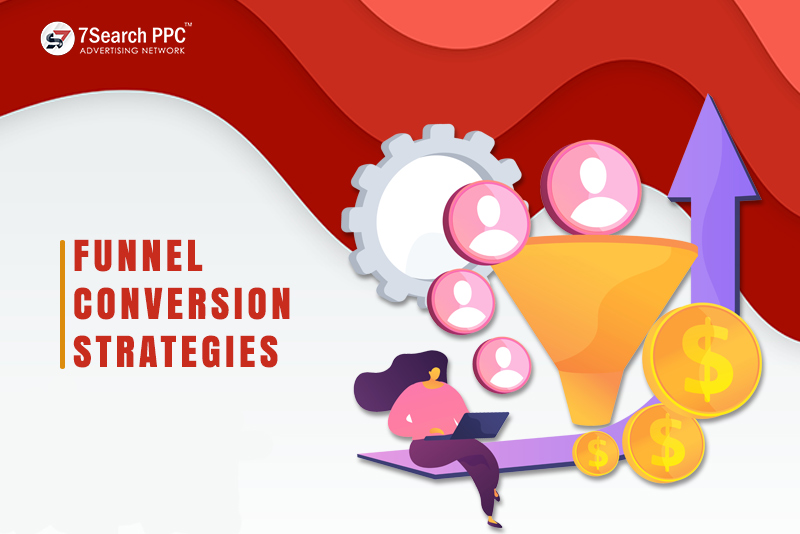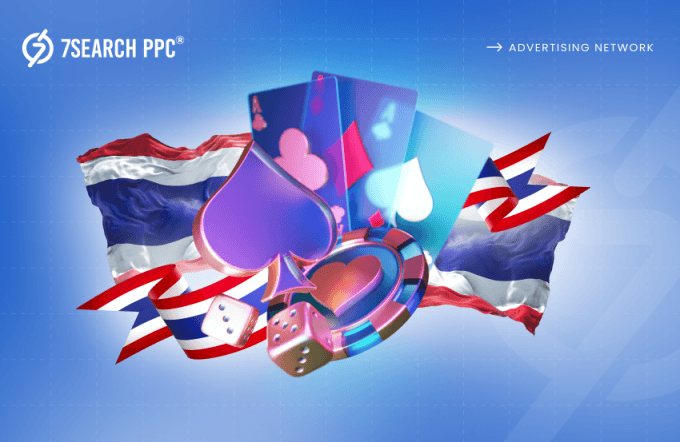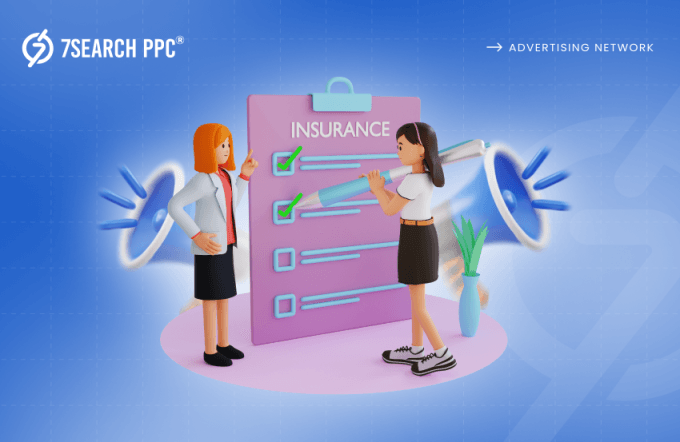Marketing funnel conversion strategies concept has created its importance for the business houses operating in the digital world.
The guidelines for constructing the optimal marketing funnel are helpful, every business’s subtle nuances play a critical role in the efficiency of what is applied from theory.
It is rare to have the perfect system to convert customers, and anything that can help improve this will have a crucial impact on the bottom line. And as it goes, the bottom of the funnel is key to the bottom line.
Using the bottom of the funnel needs a lot of effort.
Most internet companies experience hurdles while converting individuals in their target list into prospective customers from the lower-middle part of their marketing funnel.
After this, they can have folks take some higher-value actions, such as giving a free trial or webinar or participating in a demo regarding their products or services.
Turning these individuals convert into a sale or subscription should be easy, but frustratingly enough, it is not for most businesses.
This can have an inflationary effect on the top of your marketing funnel and render all of the hard work driving leads fruitless.
With the impact that bottom-of-funnel success has on the bottom-line metrics and the top-of-funnel efforts, finding ways to increase conversions in this stage of the customer’s journey is critical.
Why is it essential to invest in lower marketing funnels?
A good deal of time and resources is usually dedicated to “filling the top of the funnel.” Both newly established businesses and those in the industry for quite some time know the importance of the flow of new leads entering the system, and cutting off this flow can be damaging.
They are also aware of what they have to do to fill the top of the funnel, but often, the process of getting those leads to trickle down to the sales or paid subscriptions is inefficient.
Although building and refining a lead strategy over time is recommended by the experts. They can assist and expedite this process through various mediums by using paid media to achieve.
It may look counterintuitive at first, but After that, they pay to acquire the lead early. Why would they want to spend more for the possibility to make the individual their customer?
However, this statement is logical as if they have a good number of leads, and they can convert those leads into a customer. The investment into retargeting to the refined audience may prove to be reasonably profitable to the business.
Using paid media to generate bottom-of-funnel conversions
Whether it is through paid social, paid search, or display advertising paid media affords many opportunities to improve the bottom half of your funnel.
Remarketing
From the perspective of paid media, the best way to influence your funnel’s bottom is to leverage remarketing targeted audiences using either lists or URLs in paid search and paid social. Assuming that you have the proper pixels in place, You would first want to determine whether you would like to take advantage of URL-based retargeting a list, or both of them.
If you have promotions that redirect the user to a “thank-you” page after submitting any form, using this page’s URL is the easiest way to target these audiences. You can also include several URLs, so if there are groups of leads who have submitted forms across your site, consider them to be in the same lead category.
You can include them as the one audience or, given their size, break them out on social media platforms such as Facebook, Instagram, etc.., where you can build audiences based on their actions within the forum itself.
It means that if you have previously any ad leads campaign on Facebook and collected a good number of form submissions from those, you can create a retargeting audience of those users reasonably easily.
If you have an email ID or other contact details of your targeted audience, you can upload and locate them within the paid platforms via a CSV. The easiest way to do this is with Facebook and LinkedIn. Once these audiences get targeted in-platform, you will have the freedom to market your product directly.
Include remarketing audiences within search campaigns
Paid research is a bit different because if the audience is large enough, you can market the product directly to those individuals via display ads.
Another strategy will include these audiences within search campaigns in the “Observation” setting. From where you can add and adjust bids for a specific audience.
How to use promotions to enhance bottom-of-funnel conversions?

Marketing professionals can use Various promotional strategies to engage and convert the bottom of your funnel conversions.
If your product is somewhat “sticky” or beneficial enough to the end user, these strategies should not negatively affect churn numbers in the long term.
Promo codes
If your targeted audience is aware of your product and its value, you can offer promo codes or discount the individuals. The cost reduction may put you at a loss in the short term, but if they turn your customers happy, you can earn a lot of profit in the long term.
The discount or promo code’s amount and duration are entirely up to you and the business system. Structurally, some businesses can’t give these types of deals as it would require additional work internally to accomplish it.
In that case, they can use some other ways to approach and target the audience.
Upsells
Building off the promo code concept, you can use ads on paid media to target the audience with these upsell opportunities. Now the knee-jerk assumption is that a customer already was paying to upsell.
That isn’t entirely true if they use a free version of your product either on trial or continuously. Special offers for added features or tiers may prove useful, mainly if they are unaware that such benefits or capabilities exist beyond their current level.
Business development executives
The strategy of employing business development executives is independent of paid media, but it can substantially improve mid-funnel progress as your scale operations.
Not every business can appoint additional sales associates but having extra help in vetting leads from an operations perspective almost always enhances the bottom line.
Complex lead nurturing, scoring, and deployment can be complicated and confusing to construct. Having some extra people to contact and cleanse incoming leads is a great way to bypass this headache, to a great extent.
In-product tools
- There are various market tools to help web apps and technologically-driven businesses engage and convert existing users and customers.
- Suppose you are a company that enables free trial users on your platform or perhaps a freemium version of your product.
- In that case, there is an opportunity to directly communicate with these individuals without reverting to email marketing or paid advertising.
- Many proponents of the “product-led” growth strategy recommend using your current customer or user base as the foundation for scale.
- As far as low-funnel marketing is concerned, in-product engagement reigns supreme. The professionals are saying that it doesn’t stop at free trial prospects.
- The application can supplement existing customer engagement and perhaps encourage upsell opportunities on features current customers would otherwise be unaware of.
- The process of creating useful in-product notifications and offers follows the same guidelines as running a paid advertising campaign. The segmentation (targeting), messaging, and creative elements are all at play.
- However, with a tool like this, you are no longer at the mercy of what Google or Facebook would allow you to publish.
- Whether it’s leveraging paid media or in-product tools, there are many ways to begin creative thinking about supplementing your marketing funnel to improve performance on the lower end.
- These tools and strategies may make the difference between a lead going cold and someone who not only becomes a customer but stays a customer.
- If you’re currently investing at the top of your marketing funnel, you can consider those who have made their way through but need a little nudge over the goal line.


















